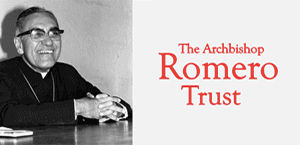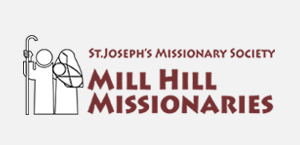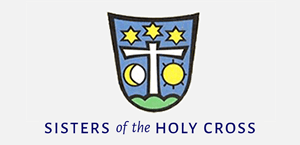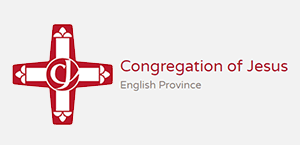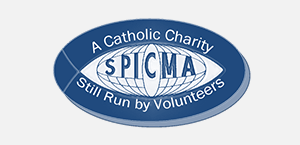Siena: The Rise of Painting 1300-1350
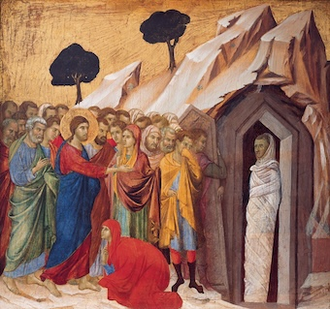
Duccio -The Raising of Lazurus 1308-11 Tempera on poplar, transferred to cork © Kimbell Art Museum, Fort Worth, Texas
The National Gallery presents another blockbuster exhibition in celebration of its 200th anniversary exploring the vibrant new way of painting that developed in early 14th century Siena. The rigidity of Byzantine iconography becomes more flexible incorporating emotion, drama, narrative and movement in glorious gold and jewelled colours .
Focusing on Duccio, Simone Martini and the brothers Pietro and Ambrogio Lorenzetti, this golden age of art is vividly brought to life incorporating artistic skills on gilded glass, illuminated manuscripts, exquisite ivory and marble devotional carvings, and fragments of sumptuous silks and geometric designed textiles, accumulated through Iranian and Asian trade routes. Siena was a melting pot of creative energy at this time. Over 100 exhibits of Europe's earliest art are exhibited in a breathtaking display.
A Byzantine icon of the Virgin and Child known as Madonna del Carmine circa. 1260-70 in tempera on wood alongside its metal and bejewelled riz or revetment heralds the show. Traditionally it was revered as a work of Saint Luke, who is said to have made the first picture of the Virgin Mary. The 'She who shows the way', icon derives from one at the Hodegetria Monastery in Constantinople, depicting Mary holding her upright infant son on her left arm, whilst gesturing towards him with her right hand. Jesus' right hand is raised in blessing.
The Carmelites who fled the Saracens and their eremitical life in the Holy Land for Europe in the 1240's established themselves in Sienna in 1261 as mendicant friars. The icon was probably installed then in their church of St Nicholas.
The damaged original revetment or riz that once covered this panel is displayed alongside it. Jewels bedeck the silver crown and cuff of the right hand that remain prominent. The hammered gold and gilded silver cover inspired the Sienese artists in using gold tooling and stamped patterns in paintings. The wooden frame is pitted not from woodworm, by the rough removal of the cover.
Close by is Duccio's' Virgin and Child', 1290-1300 with Jesus tugging playfully at his mother's veil around her pensive face. Little is known of Duccio's but he was active around 1278.He died in 1319.
The earliest known triptych by Duccio, c1302-6, in tempera on panel, is loaned by HM The King. The Crucifixion is flanked on the side panels by The Annunciation above the Virgin and Child Enthroned surrounded by angels and the 'Stigmatisation of St Francis' above the seated Christ in Glory with Mary crowned Queen of Heaven. The figure's draperies are lavishly gilded as are textiles covering the thrones.
Duccio painted the monumental Maesta altarpiece for Sienna's cathedral. Travelling from his workshop to the Cathedral it was paraded through crowded streets -like a travelling theatre. At a time when most were illiterate it was a masterpiece of storytelling. Photomontage reconstructs the vast panel of Mary with the Child Jesus enthroned and surrounded by saints. Details of her life were at the top and on the reverse was the Crucifixion with Passion scenes with a predella at the base. This was the first Western double-sided altarpiece. Sadly, it was dismantled in the eighteenth century and dispersed.
Three of eight surviving panels circa 1308-11 from the National Gallery, are re-united with international loans. They portray striking scenes from Jesus' ministry illustrating the temptations of Christ, Christ and The Samaritan Woman, The Calling of Andrew and Peter, The Wedding at Cana the Healing of the Man Born Blind, The Transfiguration and the Raising of Lazarus.
The latter gives prominence to Martha, who declared that he was the Messiah, and Son of God, and stands alongside Jesus who points to the tomb where Lazurus emerges. Her wrist and Christ's appear conjoined as he gestures towards her resurrected brother. Her sister Mary kneels at Jesus' feet. The disciples and onlookers behind him react dramatically to the event. One figure holds his nose indicating the reeking tomb.
They are the earliest surviving components of a predella. Pictures of The Transfiguration are unusual at this time as it was not then a liturgical feast in the Latin church but was in Byzantium - and also observed by the Carmelites.
Simone Martini's Orsini polyptych, divided between Antwerp, Paris and Berlin is reunited. Made for Cardinal Orsini, this folding devotional piece had six panels of the Passion of Christ. with the Annunciation on the reverse. Four of these panels have been reconstructed for the exhibition.
Examples of religious artefacts include a gilded wooden portable reliquary with a separate gilded glass panel of the Virgin and Child enthroned surrounded by saints with small panels of the Annunciation beneath. Made in 1347 it bears the inscription 'Luke made me', in Latin. Seventeen cabochons of polished glass contain multiple labelled relics including Roman martyr St Felicity, St Elizabeth of Hungary and St Julianna, and formerly incorporated fragments of the True Cross.
Sienna was noted for its goldsmiths and skilled craftsmanship. Figurative translucent enamelled work includes a beautiful, gilded silver and enamelled chalice 1291-13, a glass and gilded copper and translucent enamelled monstrance, a richly enamelled Agnus Dei and a crozier.
A wondrous, breathtaking and inspirational exhibition.
For more information see: www.nationalgallery.org.uk/exhibitions/siena-the-rise-of-painting









